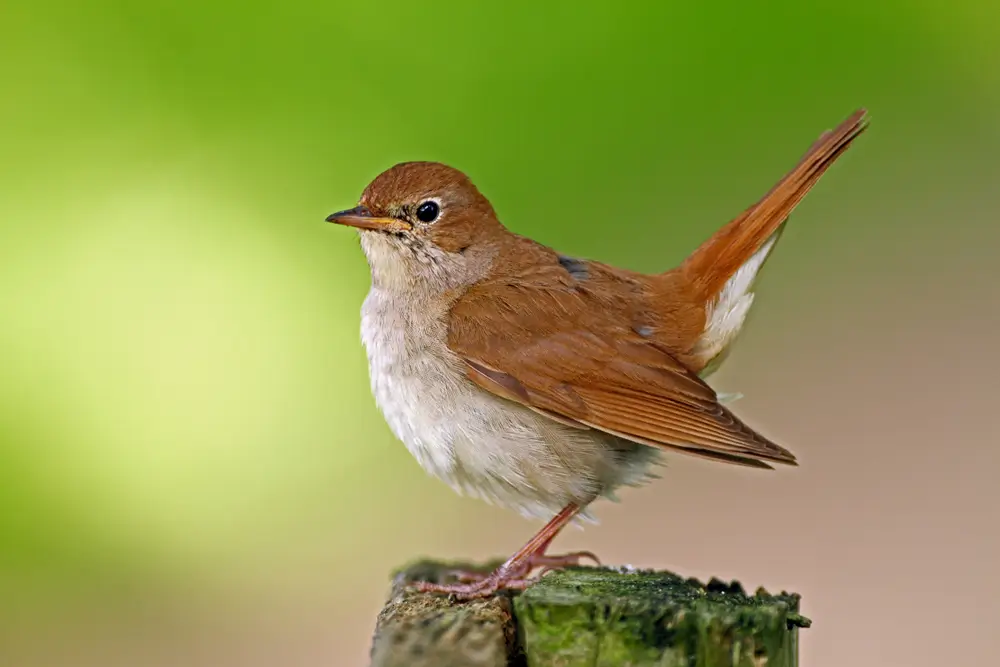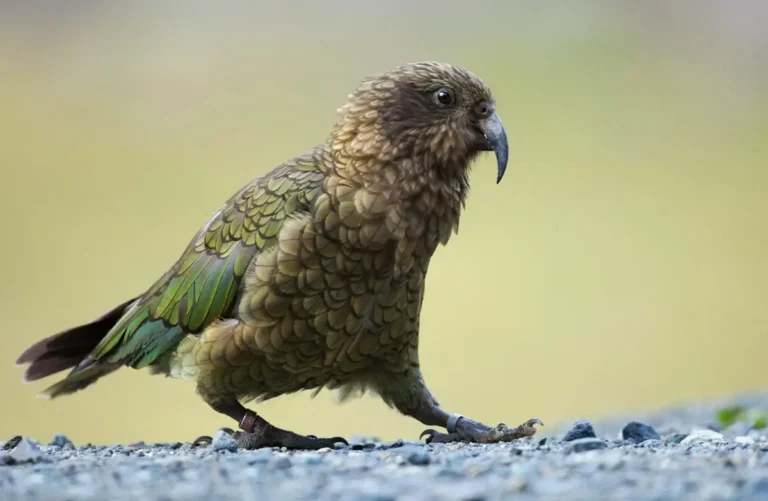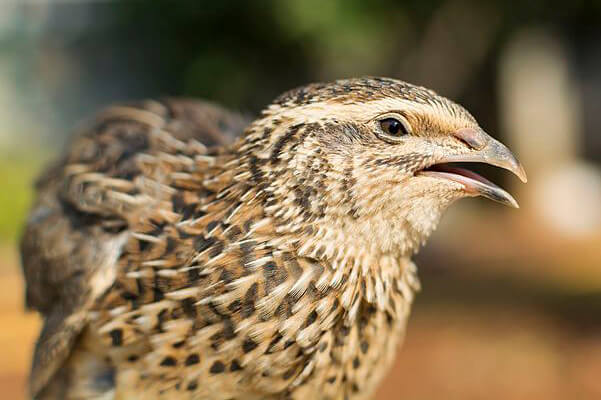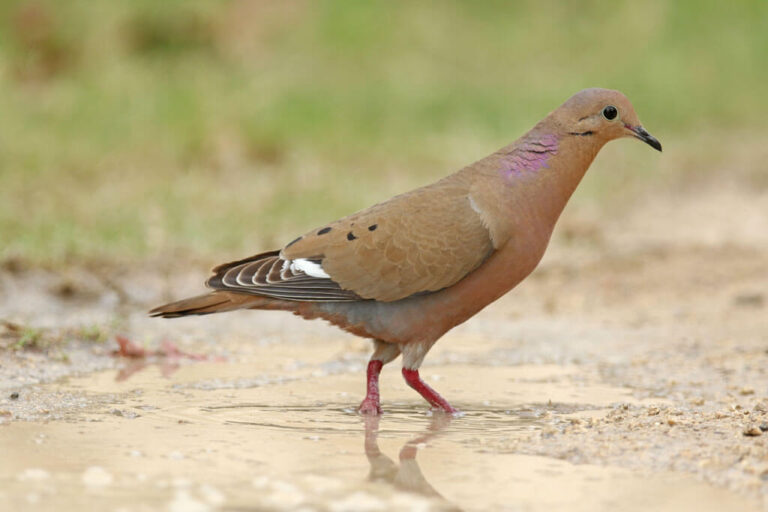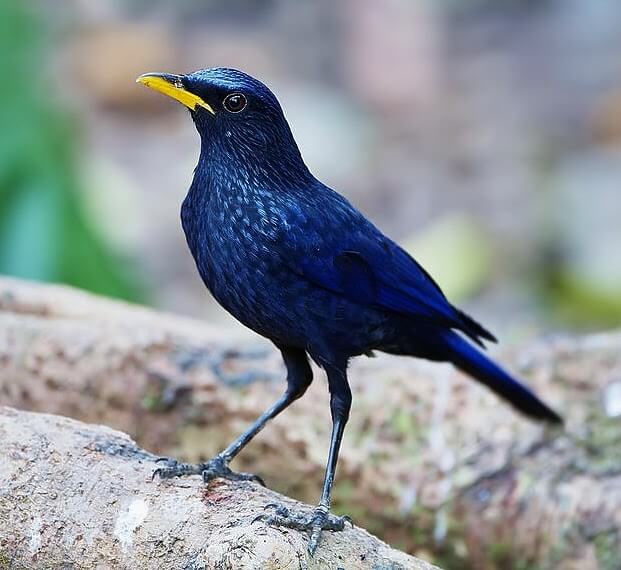Nightingale: Song, Habitat, Behavior, and Conservation Insights
The nightingale is a small, unassuming bird famous for its powerful and melodious song. Despite its modest appearance, it has captivated poets, musicians, and nature lovers for centuries. This guide delves into the nightingale’s scientific classification, physical traits, habitat, behavior, diet, reproduction, predators, conservation status, and more.
Contents
Scientific Classification
- Kingdom: Animalia
- Phylum: Chordata
- Class: Aves
- Order: Passeriformes
- Family: Muscicapidae
- Genus: Luscinia
- Species: Luscinia megarhynchos (Common Nightingale)
The nightingale belongs to Muscicapidae, known for Old World flycatchers and chat birds. The common nightingale (Luscinia megarhynchos) is the most recognized species.
Physical Characteristics

Nightingales are small, plain-looking birds, measuring about 15-16 cm (6-6.5 inches) in length. They have brownish upperparts and a slightly reddish-brown tail, while their underparts are pale or grey.
- Wingspan: 20-22 cm (7.8-8.6 inches)
- Weight: 16-25 grams (0.5-0.9 ounces)
- Distinctive Feature: Their song, which is rich, complex, and loud, can be heard both day and night during the breeding season.
Habitat
Nightingales are native to Europe, Asia, and parts of North Africa. They prefer dense, low shrubbery in woodlands, forests, parks, and gardens, where they can hide while singing. In Europe, nightingales thrive in deciduous forests and riparian zones, often near water.
Geographic Range
- Summer Breeding Grounds: Europe and parts of Western Asia.
- Winter Migration: Sub-Saharan Africa, where they spend the colder months.
Behavior

Song
The nightingale’s song is its most famous behavior. Males sing to establish territory and attract mates. Their song is loud and varied, consisting of trills, whistles, and rapid sequences. Nightingales are among the few birds that sing at night, earning them the name “night singer.”
Territoriality
Male nightingales are highly territorial during the breeding season. Their song is critical in warding off rivals and defending their space.
Migration
Nightingales are migratory birds. They travel from their breeding grounds in Europe and Asia to Africa for winter. This migration covers thousands of miles and occurs in the fall and spring.
Diet
Nightingales are primarily insectivorous. Their diet mainly consists of:
- Insects: Ants, beetles, caterpillars, flies, and grasshoppers.
- Invertebrates: Spiders and small molluscs.
- Fruits and Berries: During the late summer and fall, they consume fruits and berries to store fat for migration.
Reproduction
Breeding Season
The breeding season starts in late spring, typically around April and May. Nightingales are monogamous during this period, with males singing to attract females.
Nesting
Females build nests close to the ground in dense shrubbery or among tree roots. The nest is made of grass, twigs, and leaves, often lined with soft materials like feathers.
Eggs and Incubation
Females lay 4-6 eggs, which are pale brown or greenish. Incubation lasts around 13-14 days, and during this time, the female remains mostly in the nest, with males continuing to defend the territory.
Fledging
After hatching, the chicks remain in the nest for 10-12 days. Both parents feed the young until they are ready to fledge and leave the nest.
Predators
Nightingales face various predators, including:
- Mammals: Foxes, weasels, and domestic cats often target their nests for eggs and chicks.
- Birds: Birds of prey like hawks and owls may hunt adult nightingales.
- Snakes: Some snakes prey on nightingale nests, especially in warmer regions.
Conservation Status
The nightingale is not currently classified as endangered, but its population is declining in some regions due to habitat loss, particularly in Western Europe. Agriculture, urbanization, and changes in land use are contributing to a reduction in suitable nesting areas.
- IUCN Red List Status: Least Concern (LC)
Several countries have made efforts to preserve their natural habitats, particularly in protected woodlands and nature reserves.
Interesting Facts
- Night Song: While many birds sing in the morning, nightingales are among the few species that continue their song throughout the night.
- Literary Icon: Nightingales are featured in numerous literary works, including those by Shakespeare, John Keats, and others.
- Mimicry: Nightingales are known to mimic other bird species, though they have their unique, complex calls.
- Long-Distance Migrants: These birds travel up to 3,000 miles during their seasonal migrations between Europe and Africa.
Evolutionary History
The nightingale belongs to the Old World flycatchers, with evolutionary origins traced back to the Miocene epoch. Fossil records indicate their ancestors diversified and adapted to various environments across Eurasia. Over time, the nightingale developed its remarkable vocal capabilities, likely as an evolutionary advantage for mating and territorial defence.
Relationship with Humans
Nightingales have long captured the imagination of humans. Their song is celebrated in various cultures in folklore, poetry, and music. Nightingales are considered symbols of love, longing, and inspiration in some regions. Due to their nocturnal singing habits, they have become part of many myths and stories associated with the night.
Cultural Significance
- Literature and Poetry: Poets like John Keats have immortalized the nightingale’s song as a symbol of eternal beauty and melancholy.
- Folklore: In many European traditions, the nightingale’s song is believed to bring good luck or foretell positive changes.
Conclusion
The nightingale is more than just a small, brown bird. Its enchanting song and fascinating behaviors make it a captivating species with rich cultural significance. Although its population is currently stable, ongoing conservation efforts are crucial to maintaining its habitat and ensuring future generations can continue to enjoy this melodic marvel.
- Golden Retriever Pros and Cons: What Every Pet Parent Should Know - 15 September 2025
- Cane Corso Dog Breed: Health, Care, and Lifespan - 14 September 2025
- Catahoula Leopard Dogs: Description, Temperament, Lifespan, & Facts - 21 July 2025

